NEWS at Quanex
See the latest news, posts and events from Quanex about our business, the industry, our people and more.
The Ultimate Guide to Choosing the Best Sliding Door Seal for Your Home
In today’s energy-conscious world, the importance of an effective sliding door seal cannot be overstated. According to the U.S. Department of Energy, nearly 30% of a home's energy loss can occur through inadequate sealing and insulation. This makes choosing the right sliding door seal crucial not only for maintaining comfortable indoor temperatures but also for reducing energy bills. A high-quality sliding door seal helps prevent drafts, water leaks, and unwanted pests from entering the home, enhancing both comfort and security. With the market flooded with various options, understanding the key features and types of sliding door seals available can empower homeowners to make informed decisions. This guide aims to demystify the selection process, highlighting essential considerations such as material, durability, and installation, ensuring that you can choose the best sliding door seal for your specific needs.
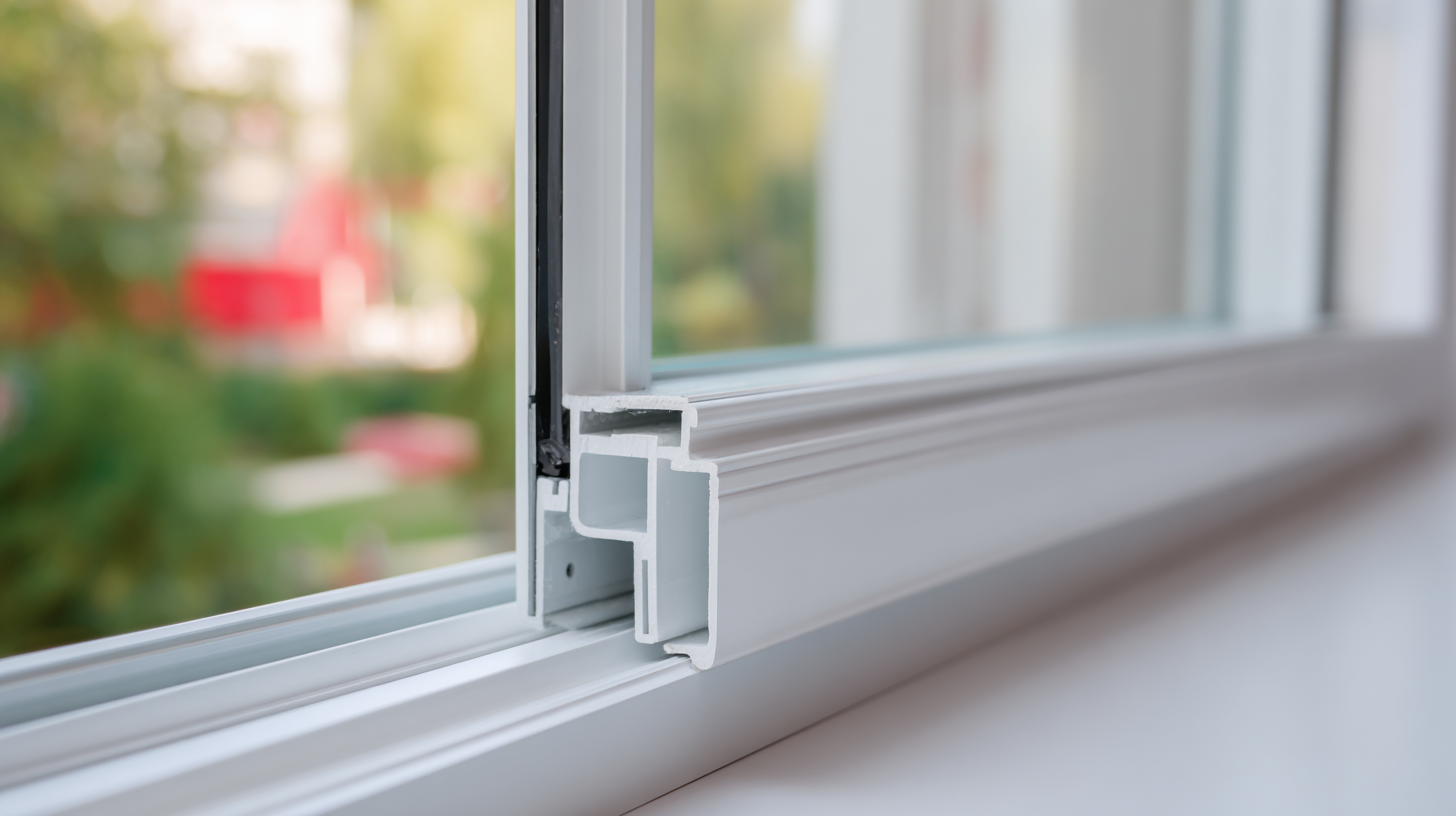
Understanding the Importance of Sliding Door Seals in Home Energy Efficiency
Sliding door seals play a crucial role in enhancing home energy efficiency. According to the Department of Energy, air leaks through doors and windows account for 25-30% of residential heating and cooling costs. Therefore, a properly installed sliding door seal can significantly reduce energy waste, helping homeowners save on utility bills and minimize their carbon footprint. Robust seals create a barrier against drafts, ensuring that conditioned air remains inside during extreme weather conditions.
Tips for Choosing the Right Seal: When selecting a sliding door seal, consider materials that offer durability and flexibility, such as vinyl or foam. Ensure the seal is compatible with your door type and fits tightly to avoid any gaps that could compromise energy efficiency.
Additionally, regular maintenance of sliding door seals is essential. Over time, seals can degrade due to exposure to the elements. Inspect seals annually and replace them if you notice any signs of damage or wear. According to Energy Star, regular upkeep can improve energy savings by as much as 10-20%. This proactive approach not only promotes a comfortable living environment but also contributes to long-term energy conservation.
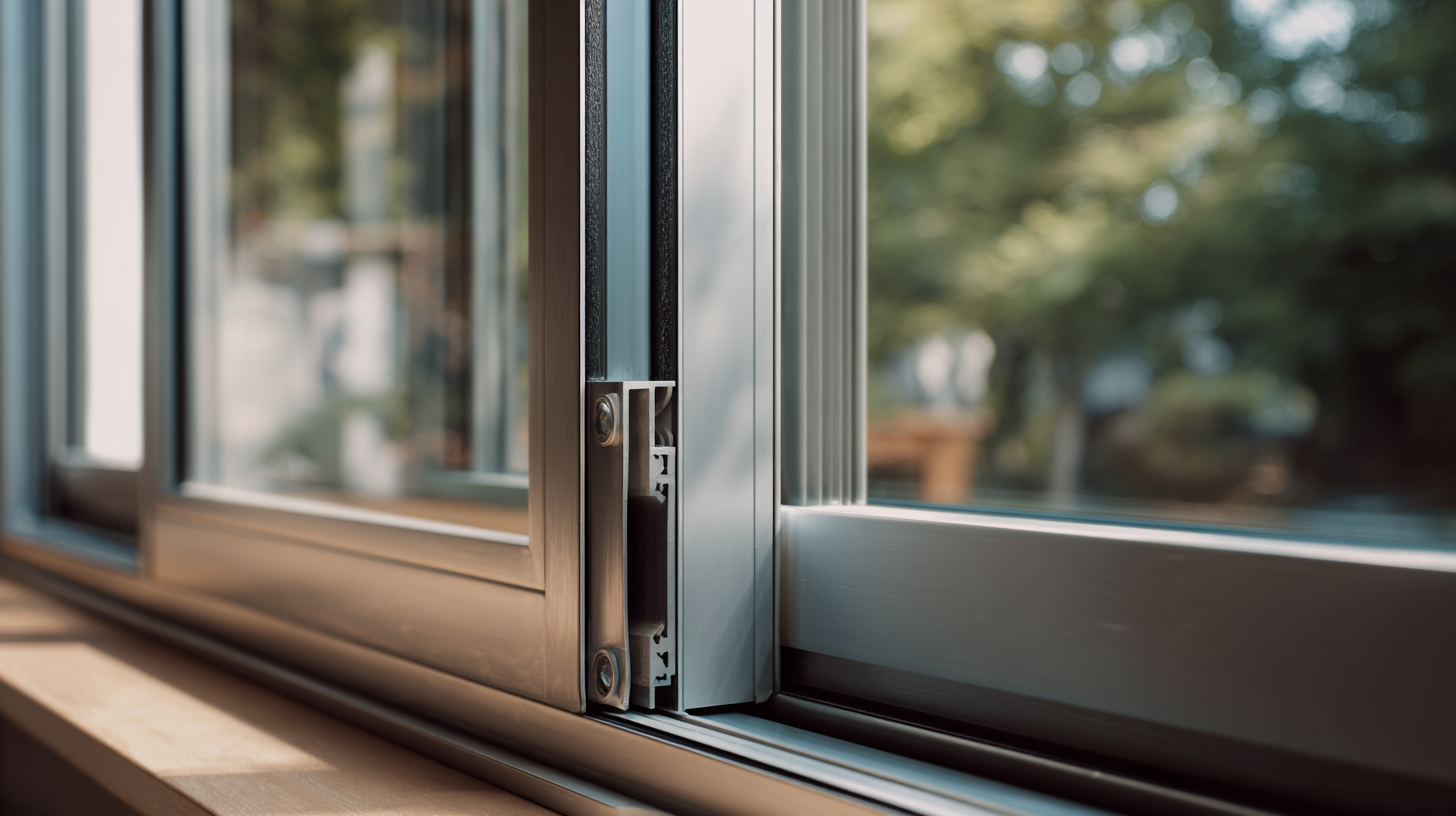
Types of Sliding Door Seals: Choosing the Right Material for Your Needs
When it comes to selecting the right sliding door seal for your home, understanding the types of materials available is crucial for ensuring an effective barrier against the elements. Common materials used in sliding door seals include vinyl, rubber, and foam, each with distinct advantages. According to a report by the American Society of Heating, Refrigerating and Air-Conditioning Engineers (ASHRAE), high-quality seals can reduce energy loss through doors by up to 20%, making the choice of material not just a matter of function but also energy efficiency.
Vinyl seals are popular for their durability and resistance to moisture, making them ideal for homes in humid climates. In contrast, rubber seals provide excellent flexibility and can adapt to the wear and tear of daily use, making them a favorable choice for high-traffic sliding doors. Foam seals, while softer and less durable, offer superior insulation properties. In a study published by the National Association of Home Builders (NAHB), switching to more effective sealing materials resulted in homeowners saving an average of $300 annually on energy costs. Understanding the specific benefits and limitations of each material can guide homeowners in making informed decisions that meet their unique needs.
The Ultimate Guide to Choosing the Best Sliding Door Seal
This bar chart represents the popularity of different materials used for sliding door seals. Vinyl is the most popular choice among homeowners, followed by rubber and foam. Understanding these preferences can help you choose the right material for your sliding door needs.
Key Factors to Consider When Selecting a Sliding Door Seal
When selecting a sliding door seal, one of the key factors to consider is the material. Seals can be made from various substances such as rubber, silicone, or foam, each offering different levels of durability and weather resistance. For instance, rubber seals are known for their longevity and ability to withstand extreme temperatures, while silicone provides excellent flexibility and insulation. Understanding the climate in your area can help you choose a material that will perform best in your specific conditions.

Another important factor to consider is the size and fit of the seal. A proper fit is critical to ensure that the sliding door operates smoothly and seals effectively against drafts, moisture, and pests. Measure the dimensions of your door frame accurately before purchasing a seal. Many manufacturers offer customizable options, allowing you to tailor the seal’s shape and thickness to your door's specifications. Additionally, the ease of installation can make a significant difference; look for seals that come with clear instructions and are user-friendly for a hassle-free setup.
Step-by-Step Guide to Installing Your New Sliding Door Seal
When installing a new sliding door seal, the first step is to gather your materials. You will need a tape measure, a utility knife, a straight edge, and of course, the sliding door seal itself. Before you begin the installation, ensure that the surface where the seal will be applied is clean and free of debris. This will help the seal adhere properly and provide optimal insulation.
Next, measure the length of your sliding door track to determine how much seal you will need. Cut the seal to size using your utility knife, ensuring that the ends are straight and even. Carefully align the seal with the track, pressing it down firmly to avoid any air gaps. For added security, consider using adhesive backing if your seal comes with it. Finally, test the sliding door to ensure it opens and closes smoothly, making any necessary adjustments to guarantee a perfect fit.
The Ultimate Guide to Choosing the Best Sliding Door Seal for Your Home
| Seal Type | Material | Width | Price Range | Durability |
|---|---|---|---|---|
| Brush Seal | Nylon | 1-1.5 inches | $5 - $15 | Medium |
| Gasket Seal | Rubber | 0.5-1 inch | $10 - $20 | High |
| Vinyl Seal | Vinyl | 1-1.5 inches | $8 - $18 | Medium |
| Magnetic Seal | Magnet with Vinyl | 1 inch | $15 - $30 | High |
| Compression Seal | Foam | 0.75-1 inch | $7 - $12 | Low |
Maintenance Tips for Prolonging the Life of Your Sliding Door Seals
Maintaining the integrity of your sliding door seals is essential to ensure energy efficiency and prevent drafts. Regular inspections for wear and tear can help catch issues early. Look for cracks, gaps, or any signs of deterioration that could compromise the sealing capabilities of the doors. Cleaning the tracks and seals with a soft brush or cloth can also prevent debris buildup, which can lead to misalignment and further damage.
In addition to routine checks, lubrication is crucial for the longevity of sliding door seals. Using a silicone-based lubricant on the tracks not only facilitates smoother operation but also protects against moisture intrusion that could degrade the seals faster. It’s beneficial to replace any damaged or worn seals promptly, as ignoring these issues can lead to more significant problems, such as water infiltration or increased energy costs.
Regular maintenance will not only enhance the performance of your sliding doors but also extend the life of the seals, keeping your home comfortable year-round.
Related Posts
-
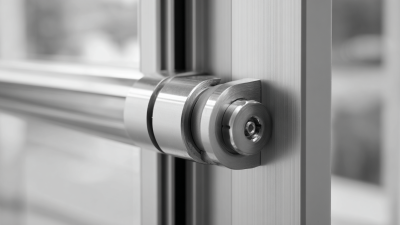
How to Enhance Energy Efficiency with Sliding Door Seals
-
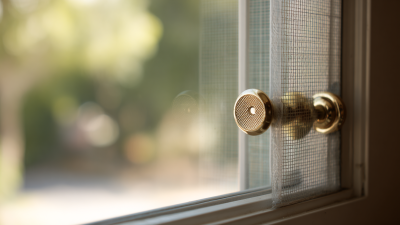
The Ultimate Guide to Choosing the Best Window Screen Hardware for Your Home
-
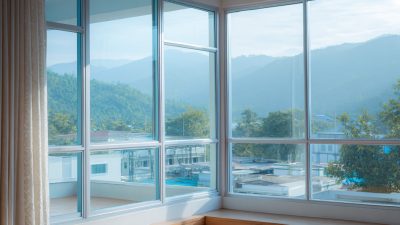
Why Choosing the Right Window Systems Can Transform Your Home’s Energy Efficiency
-

Why Choosing the Right Commercial Glass Door Can Transform Your Business Presence
-

Innovative Approaches to Choosing New Window Screens for Your Home
-
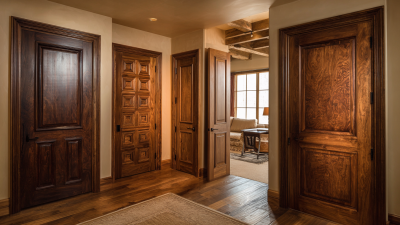
Exploring Innovative Interior Door Designs to Enhance Your Home Aesthetics and Value
